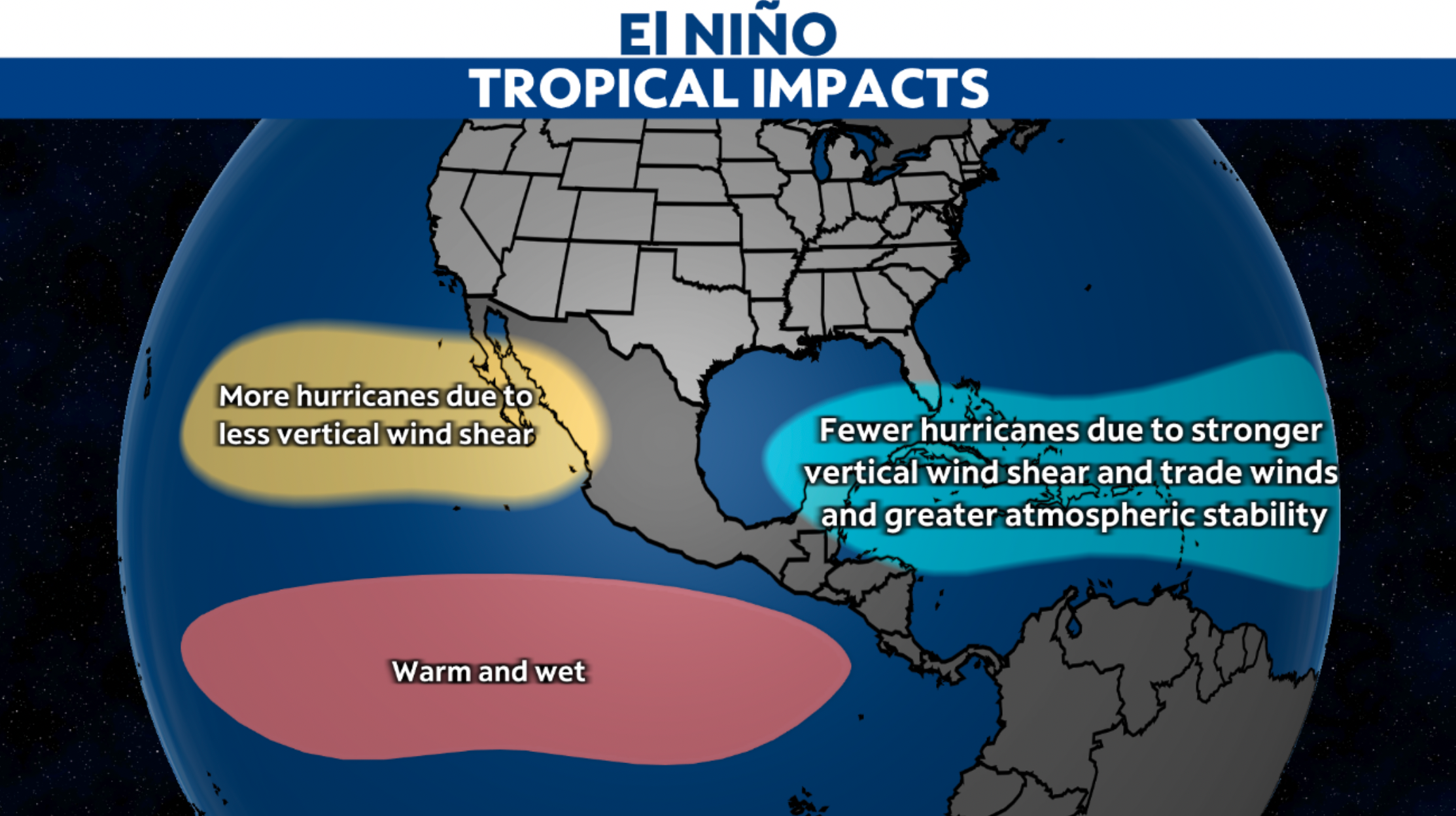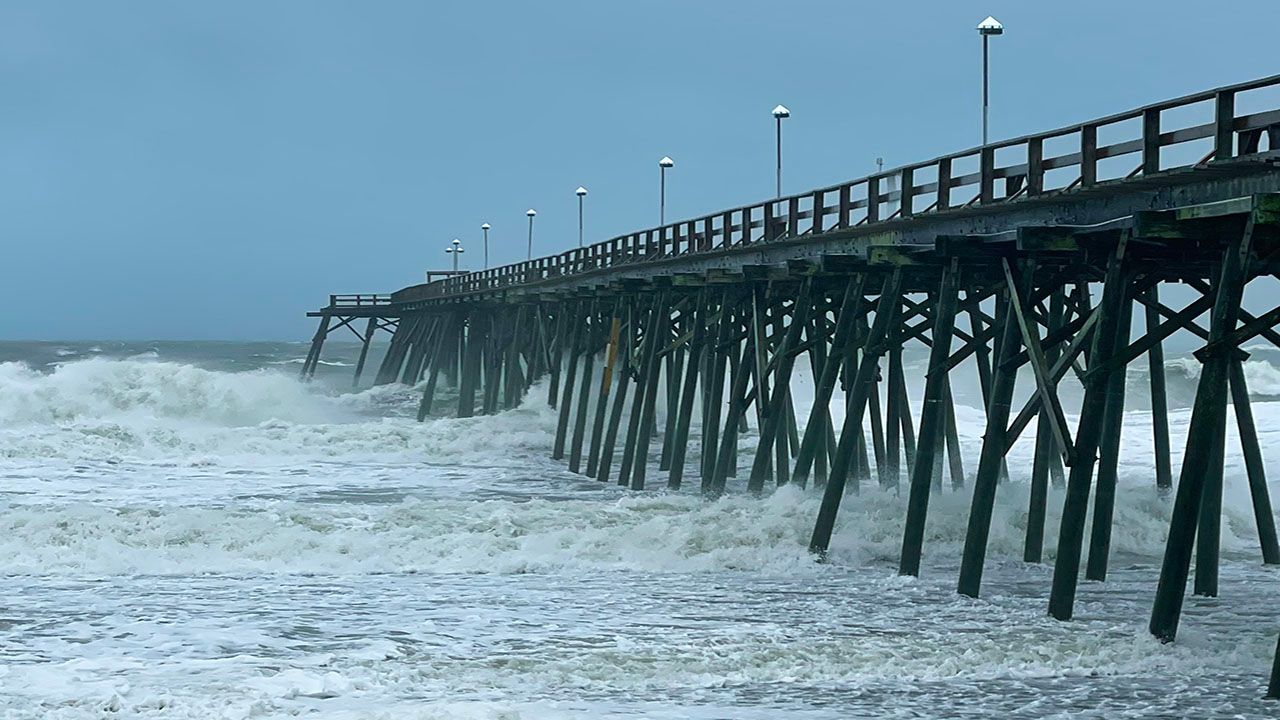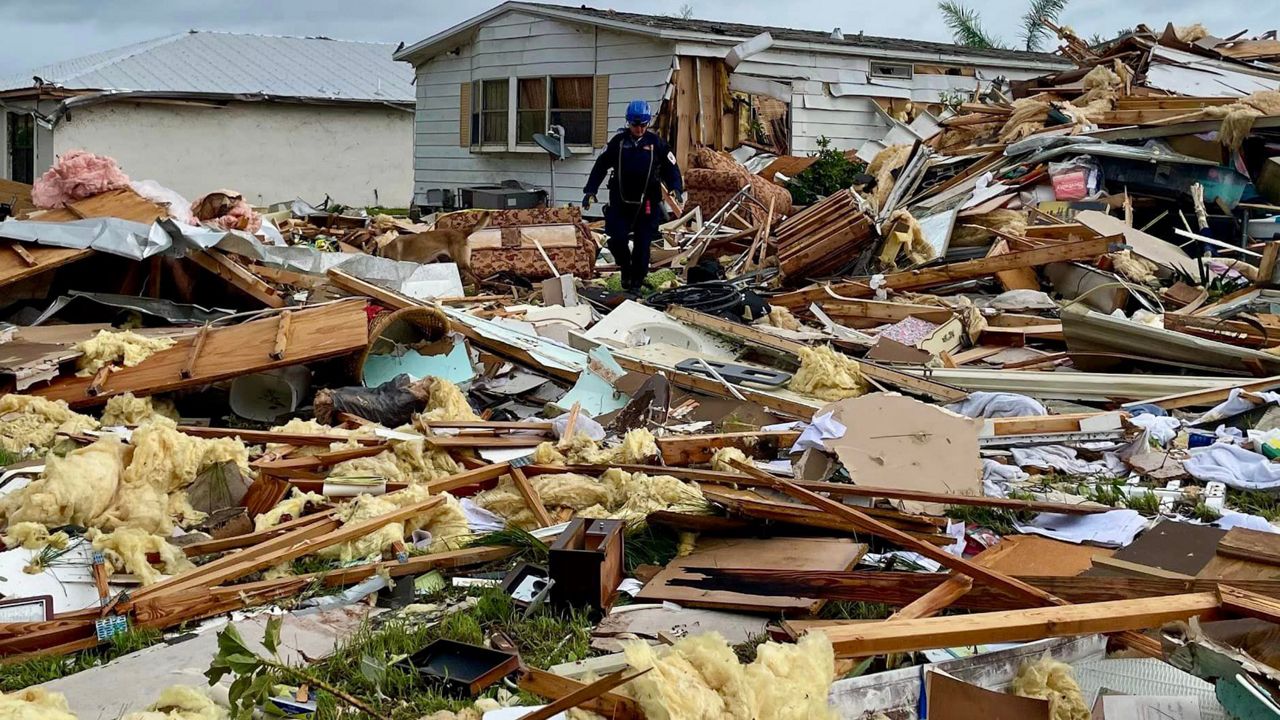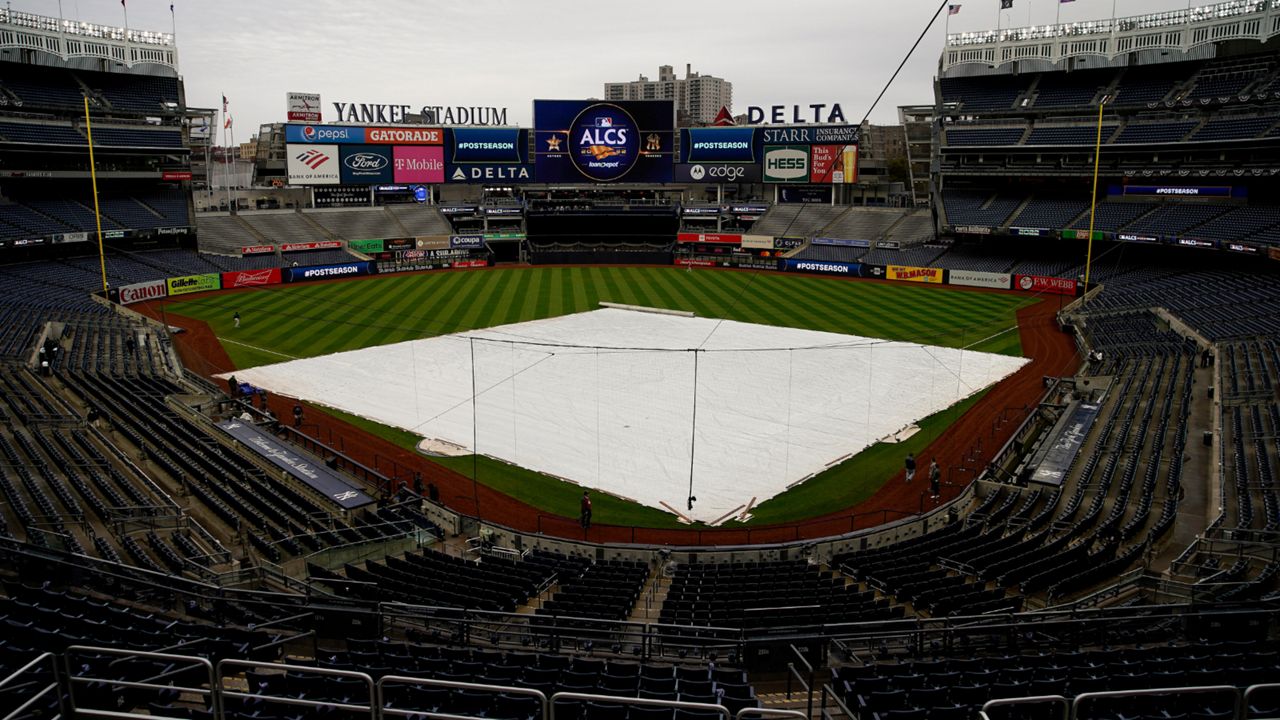El Niño could form as we head into summer and linger through the hurricane season.
El Niño occurs when the trade winds in the equatorial Pacific Ocean weaken. With weakening trade winds, less upwelling occurs off the coast of South America.
Upwelling brings cooler waters from the ocean depths up to the surface. With less upwelling during El Niño, surface water temperatures warm up.

Wind shear tends to increase over the Caribbean and part of the Atlantic Basin during the summer.
This can lead to below normal tropical activity for the Atlantic Hurricane Season, as wind shear can disrupt the formation of tropical systems.
Wind shear refers to the difference in wind speed and direction with height. Under high wind shear, upper level winds are fast compared to surface winds.
This can prevent a symmetrical, well-organized hurricane from developing.
However, this does not mean that there can't be short periods of lower wind shear during El Niño. Also, tropical systems can still form with some wind shear in place.
It's important to keep in mind that it only takes one storm to affect you. Even below normal seasons can bring impacts to some locations.
If a below normal hurricane season is forecast for 2023, it's still important to be just as prepared as any hurricane season.
Have a hurricane kit stocked with all the essentials and know your evacuation zone.
Our team of meteorologists dives deep into the science of weather and breaks down timely weather data and information. To view more weather and climate stories, check out our weather blogs section.








